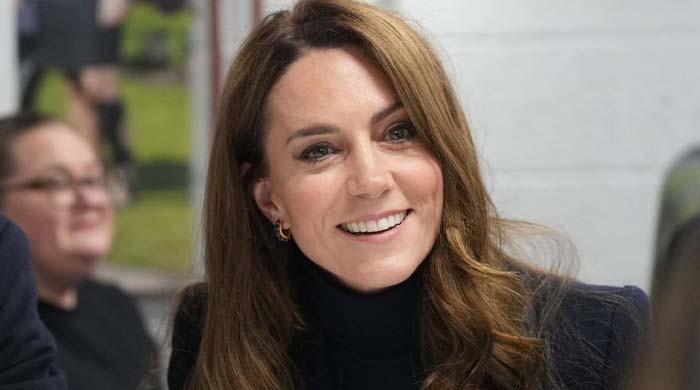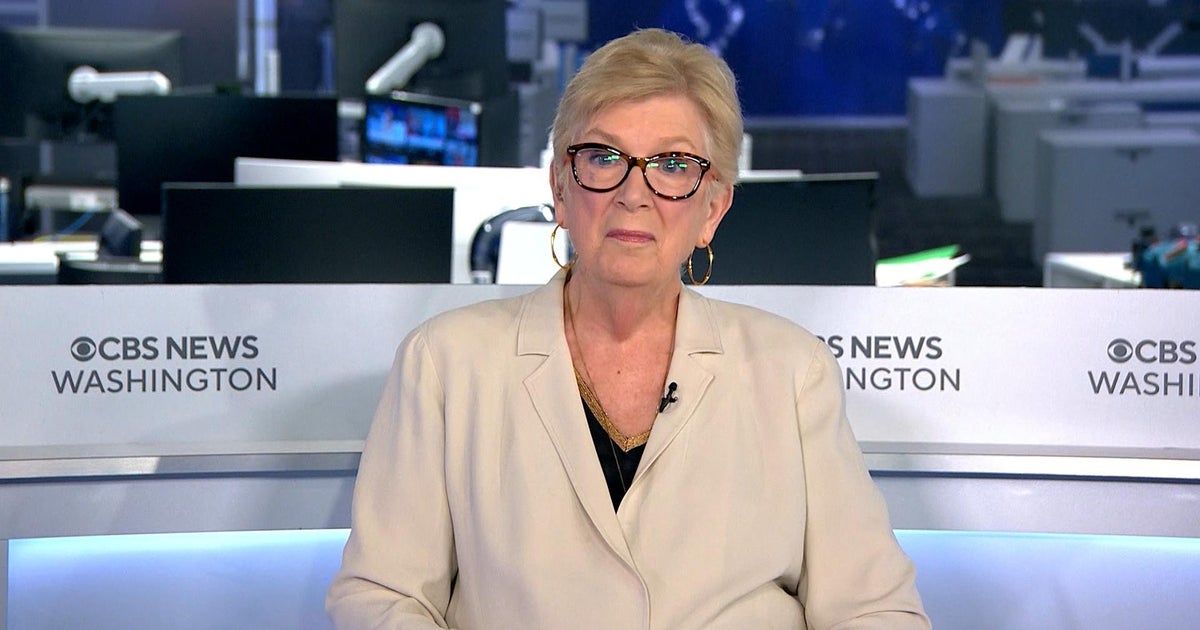A high school biology teacher in her native St. Louis, Ms. Randolph moved to Washington in 1967 to work as an education specialist for an anti-poverty initiative, the United Planning Organization. She also helped administer a program to help the unemployed before entering TV on a dare from friends who were tired of hearing her opine on broadcasting’s deficiencies.
“I felt that TV could do more to help such people,” she later told the Washington Times.
Equipped with an easygoing manner and the adroit communication skills of a veteran teacher, she successfully auditioned to co-host a Black-oriented community affairs show, “Harambee,” airing on the city’s CBS affiliate, then known as WTOP.
The show, whose name reportedly derived from the Swahili word variously translated as brotherhood unity or building together, was one of the only hour-long daily programs in a major market designed specifically for a Black audience. With a small budget, a largely inexperienced staff and a management team that was not always supportive, “Harambee” struggled to stay afloat.
“The cooking spot featured low-cost, nutritious recipes to provide low-income people with some meal variety. Most of the recipes were my own and those of friends,” Ms. Randolph said at the time. “I even had an exercise segment after which I had to change clothes like mad to make the next scene.”
Ms. Randolph was fired in the summer of 1971, ostensibly because of budget cuts. Representatives from Black community groups formed picket lines around the station until Ms. Randolph was reinstated. The controversy led the station to make improvement for “Harambee,” including the building of what she called “our first real set,” and the show’s programming segments became more ambitious.
When WTOP received a 1975 Peabody Award for institutional excellence, the judges particularly praised “Harambee” and another public-affairs show co-hosted by Ms. Randolph, “Everywoman.”
“With a candor too rarely seen in today’s broadcasting world, these two programs have looked into many aspects of life which normally have seemed to be off limits,” the Peabody citation read. It noted, in particular, a “Harambee” report on minority hiring practices at The Washington Post and an “Everywoman” segment on how doctors have become more effective at looking inside women’s bodies because of advances in medical technology.
On Channel 9 (which later became WDVM and eventually WUSA), Ms. Randolph maintained a modest but devoted audience. Her talk show “Morning Break” discussed far-ranging topics, from physical abuse, teen pregnancy and divorce, and also featured breezier segments on questionable fashion trends (Chinese lantern shorts) and the supposed benefits of a cucumber mash facial.
Her ratings remained of concern to station executives, who fiddled with formats, time slots and running lengths until they canceled the final iteration of her talk program, “The Carol Randolph Show,” in 1986, replacing it with the syndicated “Oprah Winfrey Show.”
The daughter of teachers, Carol Louise Davis was born in St. Louis on Feb. 10, 1941, and grew up in nearby Pagedale, Mo. She received a bachelor’s degree in biology in 1962 from Fisk University, a historically Black school in Nashville, and a master’s degree in science education in 1965 from Washington University in St. Louis.
Her first marriage, to Milton Randolph, ended in divorce. Her second husband, Frank “Jake” Jasmine, died in 2020 after 40 years of marriage. In addition to her daughter from her first marriage, Jennifer Randolph of Washington, survivors include a stepson, Jonathan Jasmine of San Francisco; two brothers; and three granddaughters.
After she went off the Washington airwaves, she wrote a column for the Washington Times; worked in a legal capacity for firms and businesses; appeared on and hosted legal shows on Court TV; and handled strategic communications for the construction business Miller & Long.
“What I possessed then and now was an insatiable curiosity for the new and the different,” she wrote in her debut column in the Times in 1987, discussing the driving forces in her life, “and an unending love and appreciation for this city and its people.”







